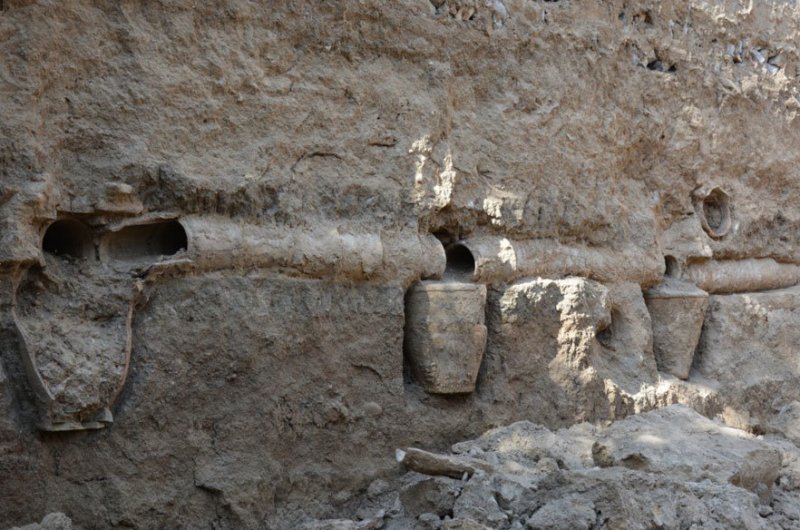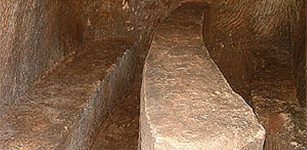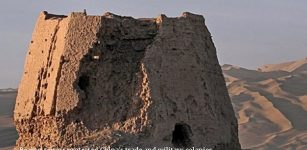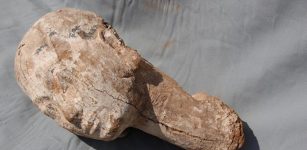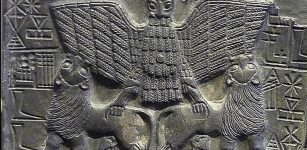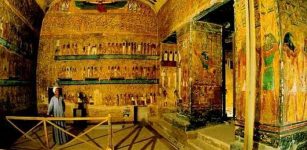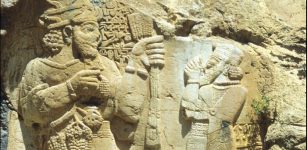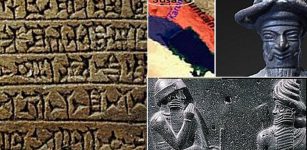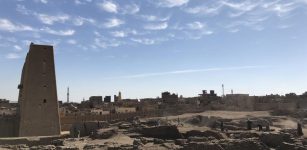Ancient Aqueduct System Discovered In Boroujerd, Lorestan
AncientPages.com - An ancient aqueduct system, which is estimated to belong to the historical castle of the city, has been uncovered in Borujerd in Lorestan Province during construction work.
Pottery crocks were used in this system to clean up and purify water, according to Hojjat Yar-Mohammadi, an official with Lorestan Provincial Cultural Heritage, Handicrafts and Tourism Organization.
Mehr News Agency on September 2 published a report on the discovery of the historic water transfer system in Borujerd and remarks by the tourism organization official. The following is the translation of part of that report:
According to a report on the discovery of the historic water transfer system in Borujerd, the discovered aqueduct system which includes a smart water distribution system used to be part of a historic castle. […]
Yar-Mohammadi further said that the discovered items have been documented, adding that a decision has yet to be made as to whether the place should be kept intact or the historical items should be taken to another place for protection.
Nothing can be said about the historic era of the discovered system, the official said, adding that the system is now being studied and protected by the experts of the cultural heritage organization and the special unit in charge of protecting cultural heritage.
In the past, Borujerd had two layers of protection: the first one which included as many as 57 towers surrounded the entire town; the other one which had been built inside this area was around 280 hectares in area and was designed to protect the government castle.
The government’s castle which was like a big garden inside the town had a well-designed water system.
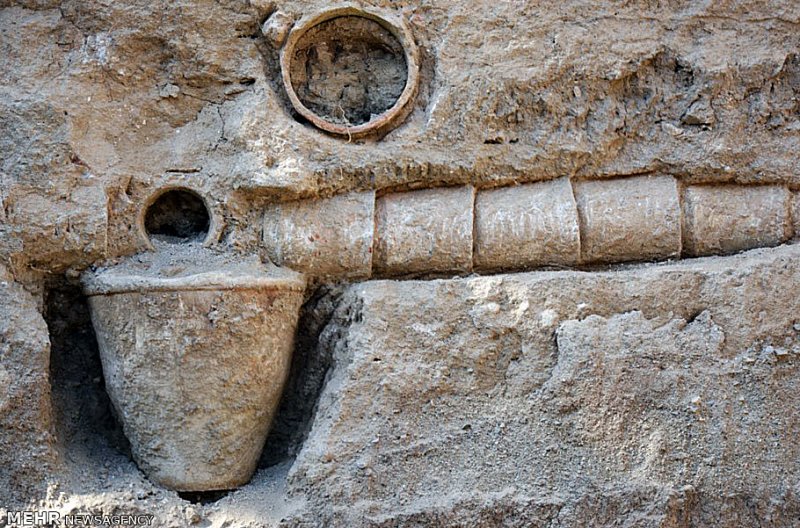
Ancient aqueduct system was once a part of a historical castle in Boroujerd. Photo: Mehr News Agency
Clay pipes – called Tanpusheh in Farsi – were used in this system to transfer water. Big pottery vessels were applied for distributing water and removing mud from water. This could help minimize the risk of blockage in the flow of water. What stands out about this old system is its optimal use of water resources.
Aqueducts were first built 1000 BCE by Persians and were used to extract groundwater in the dry mountain basins in modern Iran.
Known as one of the most sophisticated systems of traditional irrigation, aqueducts provide 75 percent of water used in the country.
AncientPages.com
Source: Mehr News Agency



